
Through six editions, the 750-mile Race to Alaska has become one of the premier adventure races in the world. It attracts paddlers, rowers, sailors and adventure-seekers with this simple mandate: Get from Port Townsend, Washington, to Ketchikan, Alaska, using human power only. There are few other rules. The traditional route through the inside passage of Vancouver Island and north through the wilds of northern British Columbia has been plied by an incredible variety of watercraft, from high-performance racing sailboats to humble rowboats, paddleboards, kayaks and combinations of all.
The competitors are equally varied: Some come for the adventure, the opportunity to prove their endurance and skills over many days of extended exertion. Some think sails are the answer, although you still have to propel your sailboat through portions of the course. So, even the sailors are paddlers at some point. There are professional adventure athletes in the race, as well as high-level sailors and Olympic rowers, but the vast majority of these trekkers are normal people yearning to test themselves in one the most rugged and beautiful environments on the planet.
The 2022 edition had one significant change: Organizers allowed racers to go outside Vancouver Island on the way to the checkpoint at Bella Bella. This open-water option adds more miles, has less favorable current, and normally requires upwind sailing across more than 300 miles of North Pacific Ocean—one of the roughest stretches of ocean anywhere on the planet.
Denne historien er fra Fall 2022-utgaven av Sailing World.
Start din 7-dagers gratis prøveperiode på Magzter GOLD for å få tilgang til tusenvis av utvalgte premiumhistorier og 9000+ magasiner og aviser.
Allerede abonnent ? Logg på
Denne historien er fra Fall 2022-utgaven av Sailing World.
Start din 7-dagers gratis prøveperiode på Magzter GOLD for å få tilgang til tusenvis av utvalgte premiumhistorier og 9000+ magasiner og aviser.
Allerede abonnent? Logg på
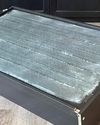
Tips for More Successful Epoxy Projects
That have nothing to do with epoxy mixing or application techniques

Auxiliary Rear Station Build
From past fishing experiences, I've learned that quick changes in speed and direction are often required when retrieving a hooked fish.
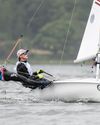
TARGETED PERFORMERS
Defending their title at the 420 Youth Worlds in July, Freddie Parkin and Asher Beck were on a roll-until they weren't.
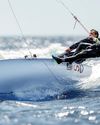
BALANCE ON THE PINNACLE
The path to gender equity in the Olympics has been a long and twisted one, but when the sailors assemble in Marseille next year, we'll finally see what's been a long time coming.
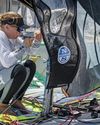
SIMPLE STEPS TO CONSISTENT SPEED
Boatspeed is the magic ingredient for winning races because we can get away with bad decisions if we are fast, but we can't make good choices if we're slow.
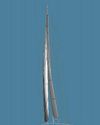
THREE-DIMENSIONAL JIB-LEAD ADJUSTMENTS
Floating jib leads give trimmers more dynamic control of the headsail profile.
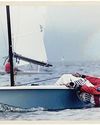
BETTER TOGETHER
Success over three decades comes down to making it meaningful.
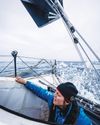
JUSTINE THE MACHINE
This self-effacing Swiss sailor has-in her quiet and understated way become one of the stars of offshore ocean racing in recent years, whether as part of a winning crew in The Ocean Race or building her credentials as a top-class solo racer.
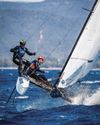
THE MULTITASKING MULTIHULL MOM
Competing in Olympic sailing's most challenging discipline is one thing, but doing so with a tyke in tow takes the campaign hustle to a higher level.
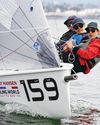
CONNECTED COAST TO COAST
From sunny St. Pete to historic Marblehead, the 34th edition of the Regatta Series linked sailors and friends across the country, with a few new twists.